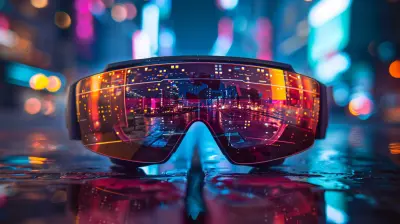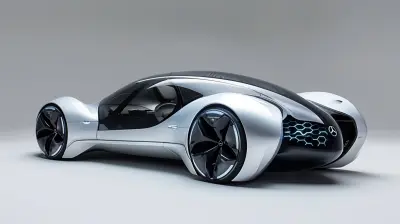How IoT Sensors are Transforming the Logistics Industry
23 June 2025
Imagine trying to manage a global logistics operation with nothing but spreadsheets and guesswork. Sounds like chaos, right? Fortunately, that old-school way of doing things is getting a major makeover—thanks to the Internet of Things (IoT). Yep, those tiny sensors that you might not even notice are completely flipping the script in the transportation and delivery business.
From real-time shipment tracking to predictive vehicle maintenance, IoT sensors are becoming the unsung heroes of the logistics world. They’re making operations faster, safer, and a whole lot smarter. So, let’s break it down and see how this tech magic is reshaping the logistics landscape.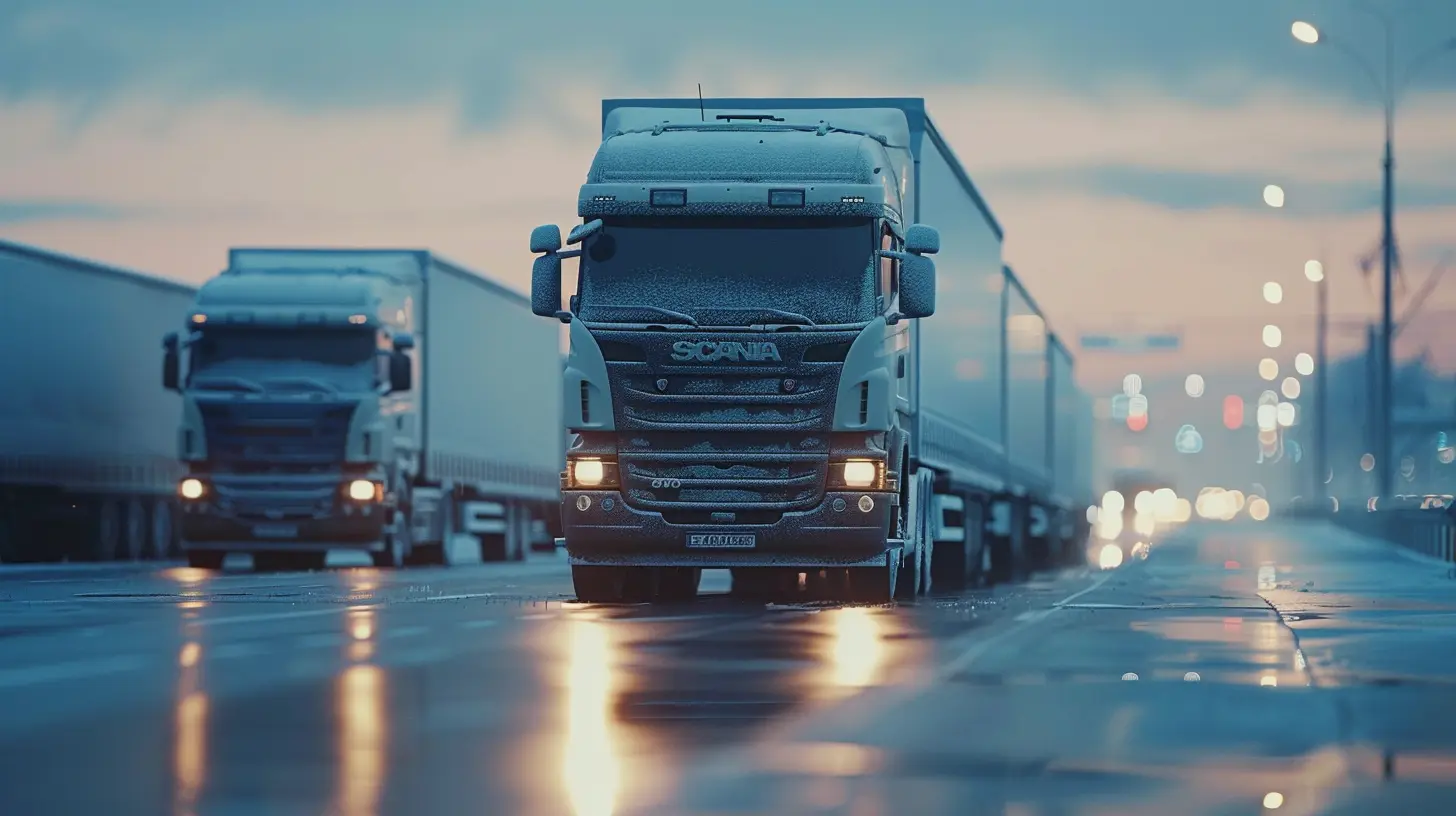
What Exactly Are IoT Sensors?
Before we dive deep, let’s get one thing straight—what are IoT sensors anyway?Simply put, IoT sensors are smart devices that collect and transmit real-time data using internet connectivity. These little gadgets can track temperature, location, humidity, speed, motion—you name it. They're like the eyes and ears of the logistics system.
And the best part? They work silently in the background, gathering all sorts of juicy data that helps logistics companies stay on top of every moving part.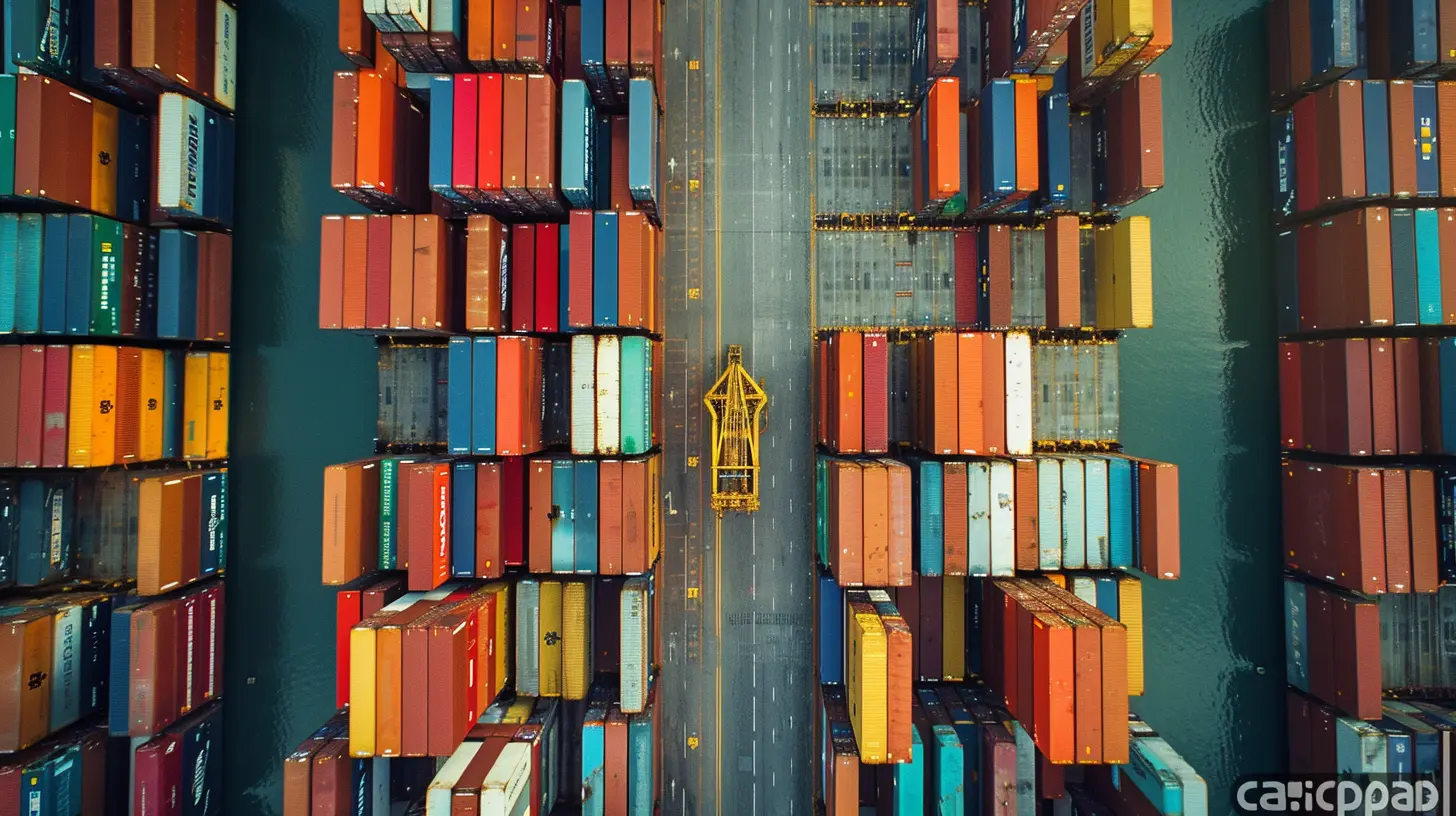
Real-Time Tracking: Know Where Everything Is, Always
You’ve probably tracked a package online before. "Your order is out for delivery!" Sound familiar? Now imagine doing that for thousands of shipments across borders, oceans, and time zones.With IoT sensors, logistics companies can monitor the exact location of every vehicle, container, or pallet—24/7. That means no more “Where’s my shipment?” puzzles. Whether it’s stuck in port or cruising on the highway, companies can tap into a live feed and instantly know what's going on.
Perks of real-time tracking:
- Improved delivery timelines
- Enhanced customer satisfaction
- Reduced chances of lost or misplaced items
Let’s be honest—nobody likes surprises when it comes to logistics. IoT takes the guesswork out of the game.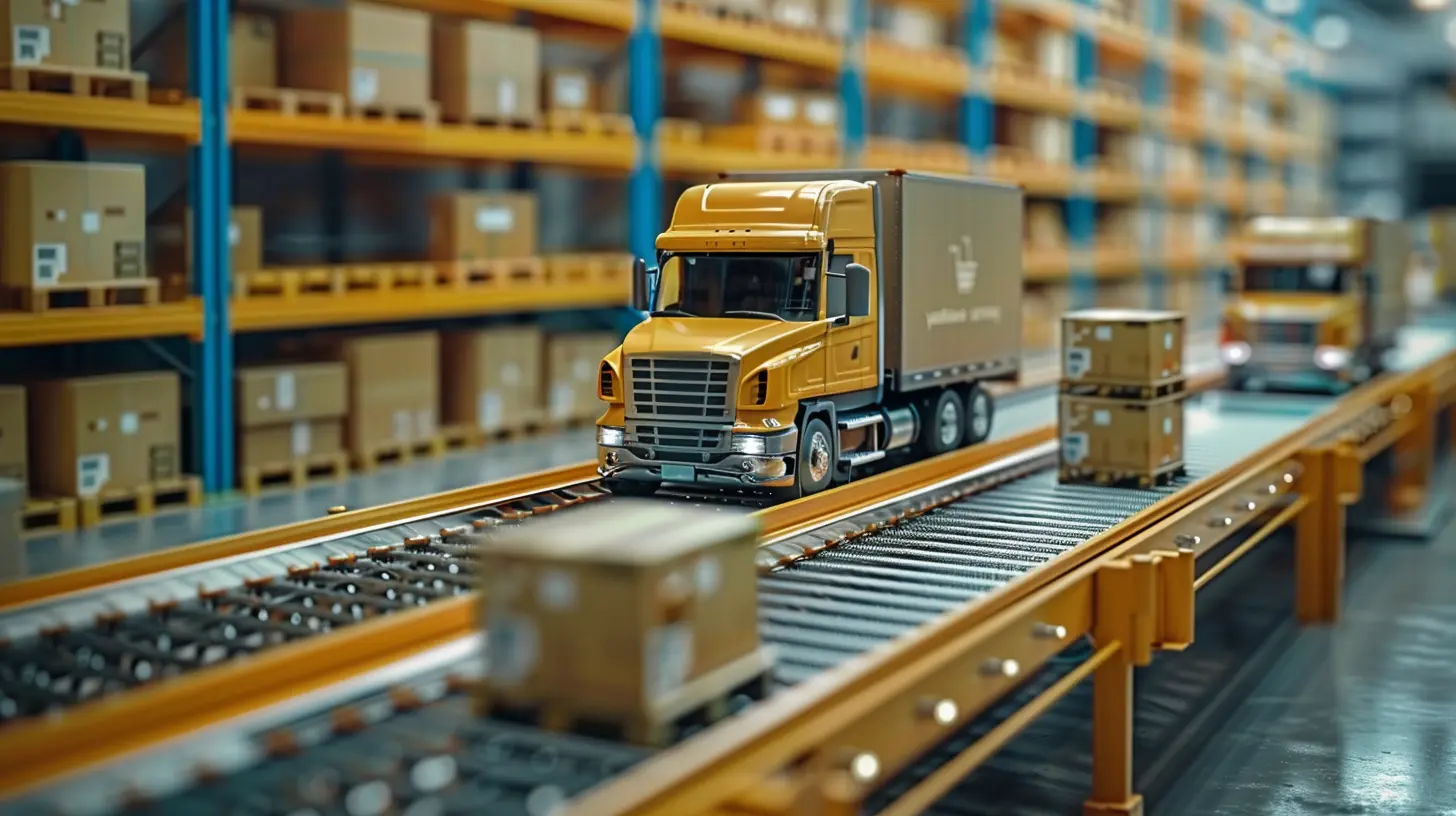
Better Fleet Management with Predictive Maintenance
Here's another game-changer: predictive maintenance. Instead of fixing trucks after they break down (which usually happens during rush hour in the middle of nowhere), IoT sensors help predict mechanical issues before they cause trouble.Sensors monitor engine temperature, oil levels, tire pressure, and even brake wear. Think of it like a health monitor for your vehicle fleet. If something looks off, it sends out an alert right away.
Why it matters:
- Less downtime
- Fewer repair costs
- Safer roads (and happier drivers)
In the logistics game, time is money. And nobody wants a busted truck slowing things down.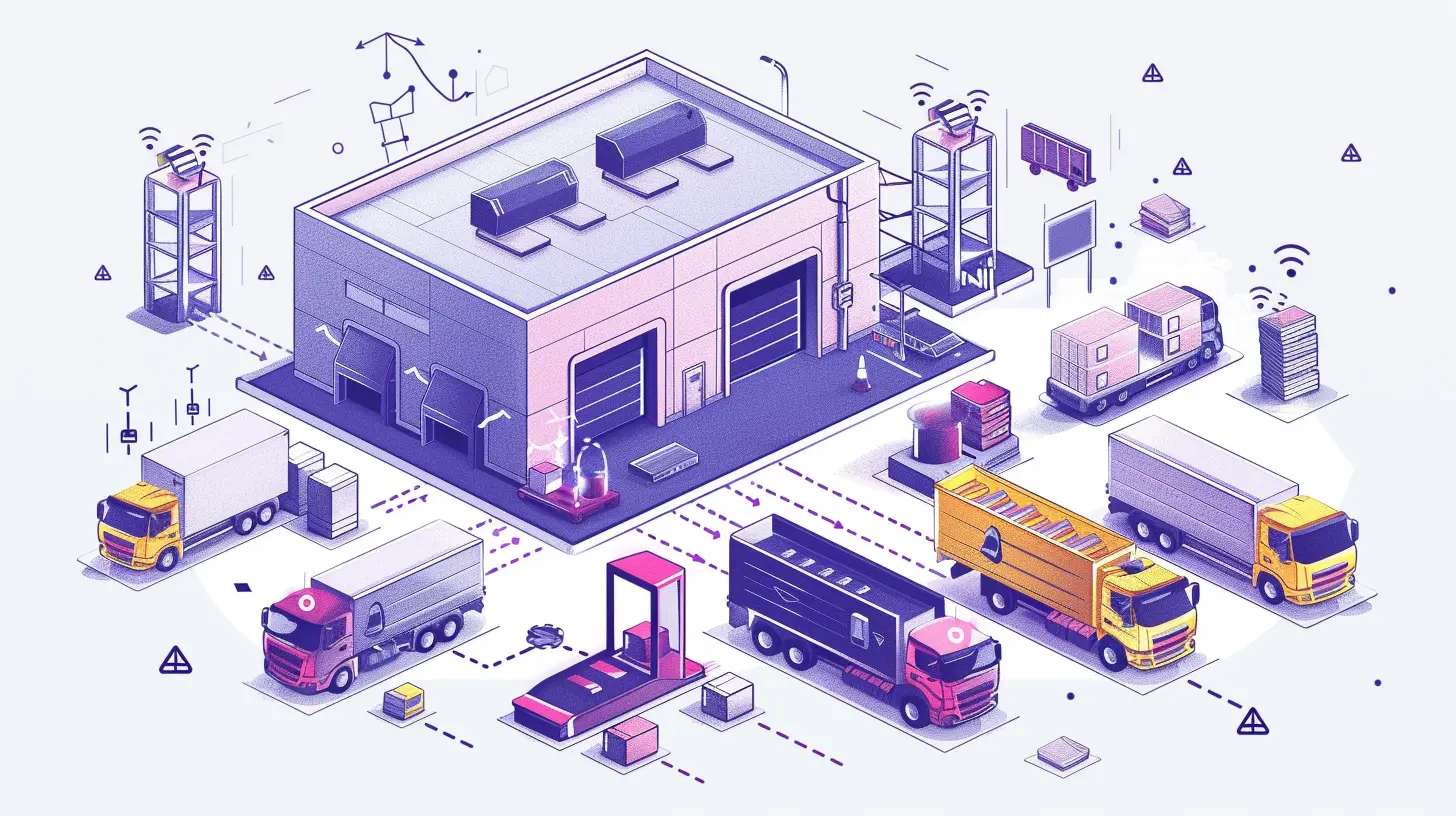
Route Optimization: Smarter Paths, Less Fuel
Ever been stuck in traffic and thought, "There has to be a better way"? IoT agrees with you.Using real-time data from vehicles and traffic systems, logistics companies can optimize delivery routes on the fly. These sensors take into account traffic jams, weather delays, road closures—you name it.
The result? Shipments arrive faster, fuel consumption drops, and drivers avoid unnecessary stress. It’s a win-win-win.
Cold Chain Monitoring: Perfect for Perishables
When it comes to transporting sensitive goods like vaccines, meat, or flowers, temperature control is everything. A few degrees off, and the whole shipment could go to waste.Enter IoT-enabled cold chain monitoring.
Sensors track temperature and humidity in real time. If things start to heat up or cool down too much, the system triggers an alert. That gives logistics teams the chance to act fast and save the goods.
Useful for:
- Pharmaceuticals
- Dairy and frozen foods
- Chemicals and bio-products
Think about the last vaccine delivery you saw on the news. Behind the scenes, IoT was probably making sure those doses stayed perfectly chilled—minute by minute, mile by mile.
Warehouse Automation on Steroids
Let’s talk warehouses. Traditionally, they’ve been busy, chaotic places. But with IoT, they’re becoming smarter and more efficient.Sensors track inventory levels in real time, monitor storage conditions, and even guide automated robots that handle picking and packing. That means less manual labor, fewer mistakes, and quicker order fulfillment.
IoT in warehouse life looks like:
- Smart shelves that alert when stock is low
- Automated guided vehicles (AGVs) that move goods
- RFID tags that track items through every touchpoint
It’s like giving your warehouse a brain upgrade. Everything just flows better.
Improved Safety and Compliance
Safety isn’t just about avoiding accidents—it’s about meeting regulations too. IoT sensors play a big role in both.They help monitor driver behavior, vehicle conditions, and environmental factors. For instance, if a truck is going too fast or a driver skips a mandatory break, the system flags it instantly.
On top of that, many industries have strict compliance rules—especially when it comes to transporting hazardous or temperature-sensitive items.
IoT helps companies stay compliant by:
- Keeping digital records of trips
- Ensuring proper storage conditions
- Providing audit-ready data in seconds
No more digging through paper logs or playing detective when something goes wrong.
Lower Operational Costs
Let’s not sugarcoat it—logistics is a margin-tight industry. Fuel prices fluctuate, labor costs rise, and delays cost big bucks. IoT helps dial those costs down.By making everything more efficient—route planning, maintenance, inventory management, you name it—companies can do more with less.
Not only that, but data gathered from IoT sensors helps businesses make smarter, data-driven decisions. That might mean re-routing trucks to avoid tolls or identifying underperforming assets.
Bottom line? Fewer wasted resources mean fatter profit margins.
Enhanced Customer Experience
At the end of the day, it’s all about the customer. And believe it or not, IoT is making their experience smoother too.Customers want transparency. They want updates. They want speed. Thanks to IoT, delivery companies can offer real-time tracking, accurate ETAs, and speedy issue resolution.
And let’s not forget the power of proactive communication. If there’s a delay or reroute, the system can notify the customer instantly—before they even have to ask.
It builds trust. It builds loyalty. And it keeps your brand looking sharp.
Data-Driven Decision Making
Here’s where things get really cool. All the data those IoT sensors collect? It’s like pure gold for logistics companies.That information helps leaders see patterns, pinpoint inefficiencies, and forecast future trends. Whether it’s deciding when to upgrade a vehicle or where to open a new warehouse, data makes the decision smarter.
Types of data used:
- Delivery times vs. planned schedules
- Fuel usage per route
- Driver performance metrics
- Customer satisfaction scores
In short, IoT sensors turn logistics companies into data-powered machines. And that’s a pretty strong competitive advantage.
Environmental Benefits: Going Green
Let’s not forget our planet. With rising concerns about carbon footprints, logistics companies are under pressure to go greener. IoT sensors help here too.By optimizing routes and reducing fuel waste, they help cut emissions naturally. They also promote asset sharing and help identify the most sustainable transport options.
Some IoT systems even track idle time and suggest eco-friendly driving habits to drivers. So yes, IoT isn’t just good for business—it’s good for the Earth too.
Challenges? Sure. But Nothing That Can’t Be Fixed
Okay, let’s keep it real. No technology is without its challenges. IoT adoption in logistics comes with a few bumps:- Initial setup costs can be high
- Data security is a concern
- Integrating old systems with new tech isn’t always smooth
But here’s the silver lining: the long-term benefits far outweigh the short-term hurdles. As more companies jump on the IoT bandwagon, solutions are getting cheaper, safer, and more efficient by the day.
The Future: What’s Next for IoT in Logistics?
The future looks insanely promising. Think AI-powered logistics hubs, self-driving delivery trucks, and drones monitored by IoT for last-mile delivery. It’s the stuff of sci-fi—and it’s closer than you think.As 5G networks become more widespread, IoT devices will become faster, more responsive, and even more reliable. That opens up new possibilities we haven’t even imagined yet.
In the next few years, logistics won’t just be smart—it’ll be genius.
Final Thoughts
IoT sensors are more than just a buzzword—they’re the backbone of a smarter, faster, and more efficient logistics industry. From tiny sensors in shipping containers to predictive alerts in fleet vehicles, these tools are changing the game in ways we never thought possible.If you're in the logistics space and haven’t embraced IoT yet, it’s not too late. But let’s just say the clock is ticking. Because in a world that moves faster every day, falling behind isn’t exactly an option.
So, what are you waiting for? It’s time to ride the IoT wave into the future of logistics.
all images in this post were generated using AI tools
Category:
Iot DevicesAuthor:

Vincent Hubbard
Discussion
rate this article
2 comments
Kismet Sanchez
Great insights on IoT sensors! Excited to see how they continue to enhance logistics efficiency.
November 12, 2025 at 11:36 AM

Vincent Hubbard
Thank you! I'm glad you found the insights valuable. Exciting times ahead for IoT in logistics!
Preston Johnson
Great insights! I appreciate how IoT sensors enhance real-time tracking and efficiency in logistics. Looking forward to seeing further innovations in this space!
July 4, 2025 at 4:07 AM

Vincent Hubbard
Thank you! I'm glad you found the insights valuable. Exciting innovations are definitely on the horizon in the logistics sector!

